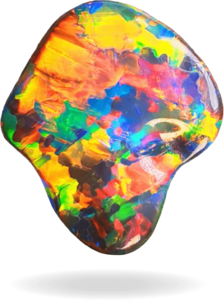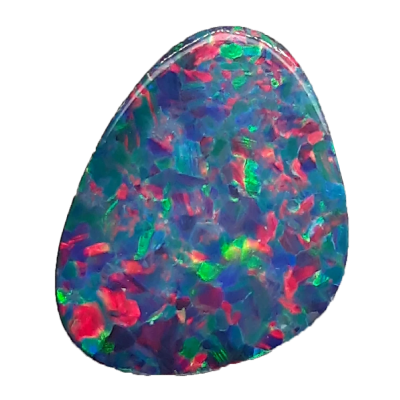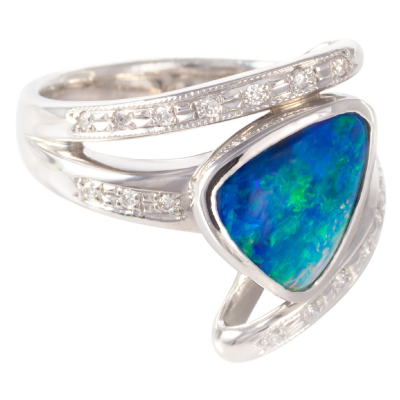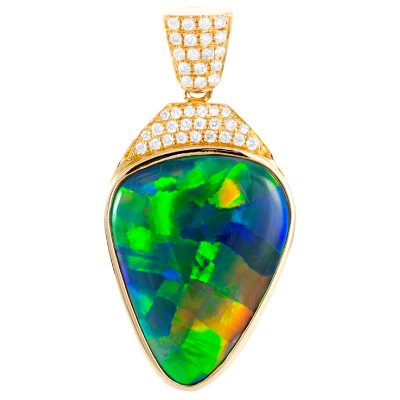As with many other gemstones, the mining of Australian Opals is fairly broad, as there are no 'block-chain' provenances in place to define an actual location.
Even though in Lightning Ridge alone there are over 200 opal mining fields, most of Australian Opal Cutters Opals come from the following mines:
Bald Hill: One of Lightning Ridge's only 'Walk-In' mines, most of the precious Opal discovered in this area was retrieved from the main workings over a 120-metre-by-30-metre area! Visitors can take self-guided or bus tours around the mine from 9 a.m. to 5 p.m. every day.
Deep-Four Mile: In the 1930s, miners discovered high-quality opal from five claims, with the deepest shaft reaching 28.5 metres.
Nebea Hill: This mine, discovered in 1973, is thought to be one of the most active in the world. Over two years, it was calculated that eight claims yielded more than $3,000,000 in Opal. Mining methods used on-site have evolved over time, beginning with large-scale open-cut mining, followed by underground mining.
New Chum and Old Chum: A 100-carat Opal stone was retrieved from this site's New Chum field, and an Opal float was discovered in the gravel on the side of the hill in the Old Chum area.
New Rush (New Nobby): This location, mined in the 1960s with a maximum shaft depth of 12 metres, yielded precious Opal, resulting in a rush to the area and the sinking of about 100 shafts.
Nine Mile: Shafts on the crest of the hill extend to 12 metres in-depth, making it one of the most worked fields still in use today. Potch was discovered in this field, interspersed with Opal.
Rouses-Six Mile: The precise location of this field is unknown, although it is understood to be near McDonald's Six Mile. In this region, only two claims yielded substantial amounts of Opal, and the majority of the Opal was in the form of large Black Nobbies.
Shallow Belars: As the name implies, this area is shallow, with depths ranging from 0.3 to 3.6 metres. This site has yielded high-quality opal, which was found in the form of opalised bivalves.
The Old Nobby: was one of the first shafts sunk in the Lightning Ridge area was at Nobbys, and Opal was discovered in the gravel at the ridge's base. Even though the rocks are particularly difficult and challenging to deal with, a significant volume of Opal has been retrieved from a lens depth of 6 metres.
The Three Mile: One of the most well-known and overworked mine, this area once housed over 1,000 workers engaged in Opal mining. Large-scale open cut mining has recently been carried out in one of the most profitable areas of the field.
The Six Mile – also known as McDonald's Six Mile – the depth ranges from 9 metres to 12 metres on the crest of the hill, with the best Opal located deeper in the earth.
Thorley's Six Mile: This area was first mined in 1902 from a depth of 6 to 12 metres, and miners rediscovered it in the 1970s, and it still produces high-quality Black Opal.
https://vimeo.com/205006619

















































































































